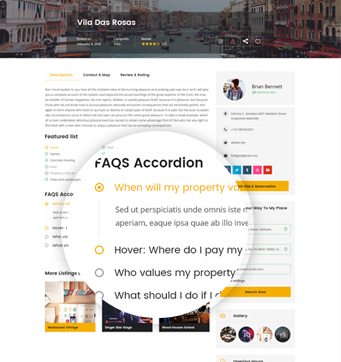Aligning Property Prices with Tourist Areas: A Strategic Approach to Valuation
In the bustling world of real estate, especially within sought-after tourist destinations, accurately pricing properties is like navigating a complex puzzle. Balancing the appeal of prime locations with realistic market valuations is a challenge that requires a keen understanding of both local market dynamics and the desires of potential buyers and renters. This article delves into the strategies and considerations involved in matching property prices to the unique characteristics of tourist areas, with the goal of ensuring that properties not only attract the right customers, but also maintain their value over time.
Understanding Tourist Area Dynamics
Tourist real estate markets are characterized by high demand, especially during peak seasons, and a variety of property types that cater to different market segments – from budget-friendly accommodations to luxury villas. Understanding the unique dynamics of these areas is crucial to setting accurate pricing.
High Demand vs. Limited Supply
In popular tourist destinations, demand for properties often exceeds supply, leading to higher prices. However, it is important to distinguish between temporary tourist stays and long-term residents or investors, as the latter group may prioritize different amenities and features of the property.
Seasonality
Seasonality has a significant impact on property prices in tourist areas. Properties located in areas with pronounced seasonal variations may command higher prices during peak seasons but require strategic pricing adjustments during off-peak periods to remain competitive.
Pricing Strategies for Tourist Areas
Pricing properties in tourist areas requires a combination of market analysis, property valuation, and an understanding of the target demographic’s expectations and willingness to pay.
Comparative Market Analysis (CMA)
A comparative market analysis (CMA) involves comparing the property in question to similar properties that have recently been sold or rented in the area. This method helps determine a fair asking price based on recent sales data, adjusting for differences in size, condition, and location.
Cost Approach
The cost approach estimates the value of a property based on the cost of replacing it with a new, similar property, adjusted for depreciation. This method is particularly useful for new projects or properties that require major renovations.
Income Approach
The income approach calculates the value of a property based on its ability to generate income. For rental properties, this may involve projecting future rental income and subtracting operating expenses and vacancy rates. For vacation homes, this may involve estimating the number of bookings per year and average nightly rates.
Market Demand and Competition
Understanding market demand and competition is crucial. Properties in high-demand tourist areas may warrant higher prices, but it is also important to consider competition. Comparable properties nearby can affect the maximum price a buyer or renter is willing to pay.
Balancing Price and Value
Balancing price and value is essential to attracting the right buyers or renters while ensuring the long-term viability of the property. Overpricing can deter potential buyers or renters, while underpricing can miss opportunities to maximize profit.
Value-Added Features
Enhancing a property with value-added features, such as eco-friendly upgrades, smart home technology, or unique architectural elements, can justify a higher price point by attracting discerning buyers or renters.
Marketing and Presentation
Effective marketing and presentation are essential to showcasing a property’s unique selling points and justifying its price. High-quality photography, virtual tours, and professional property descriptions can help attract serious buyers or renters.
Conclusion
Aligning property prices with the unique characteristics of tourist areas is a multifaceted challenge that requires a combination of market knowledge, strategic pricing, and a deep understanding of target market preferences. By taking a comprehensive approach that takes into account market dynamics, property characteristics, and competition, real estate professionals can ensure that properties in tourist-focused areas achieve optimal prices and attract the right customers.






